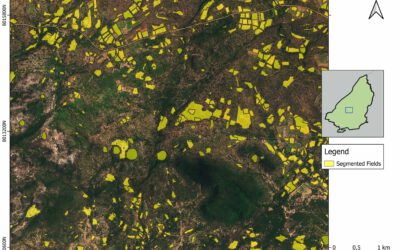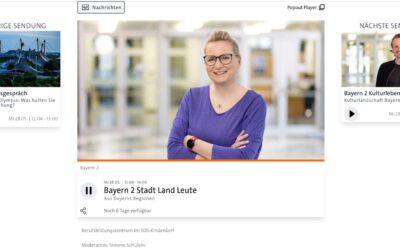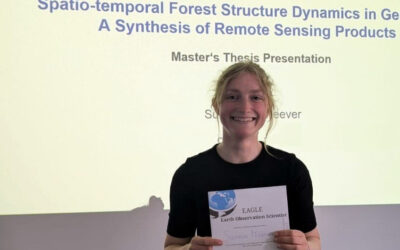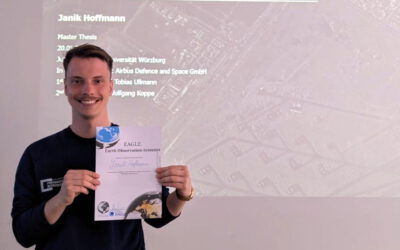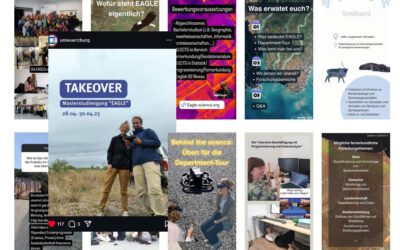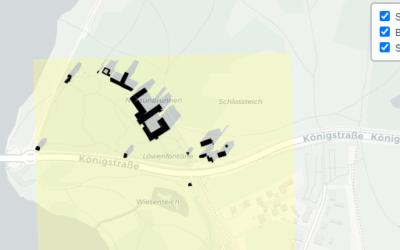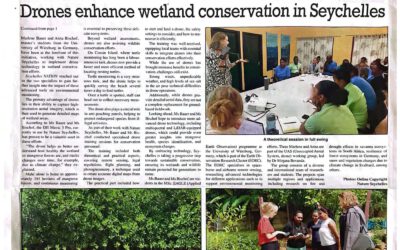Aim
Within this course EAGLE students are exposed to different disciplines and interdisciplinary research.In collaboration with biologists and conservationists new and established approached are discussed and explored by the students in order to define the research goal. The practical analysis is conducted by the students and presented with the collaborators being present.
Content
The students will be introduced to interdisciplinary research and the relevance of clear communication, deliverables and milestones. In a second step they will be linked to different collaborators from other fields and will have the task to define work packages that are feasible within the course time-frame. The actual data analysis will be done as well but the primary goal is not the data analysis but the communication with the other disciplines and being able to provide relevant spatio-temporal information for such a test interdisciplinary project.

Discussions
learning how other disciplines collect field data, what their properties are, what their research questions are
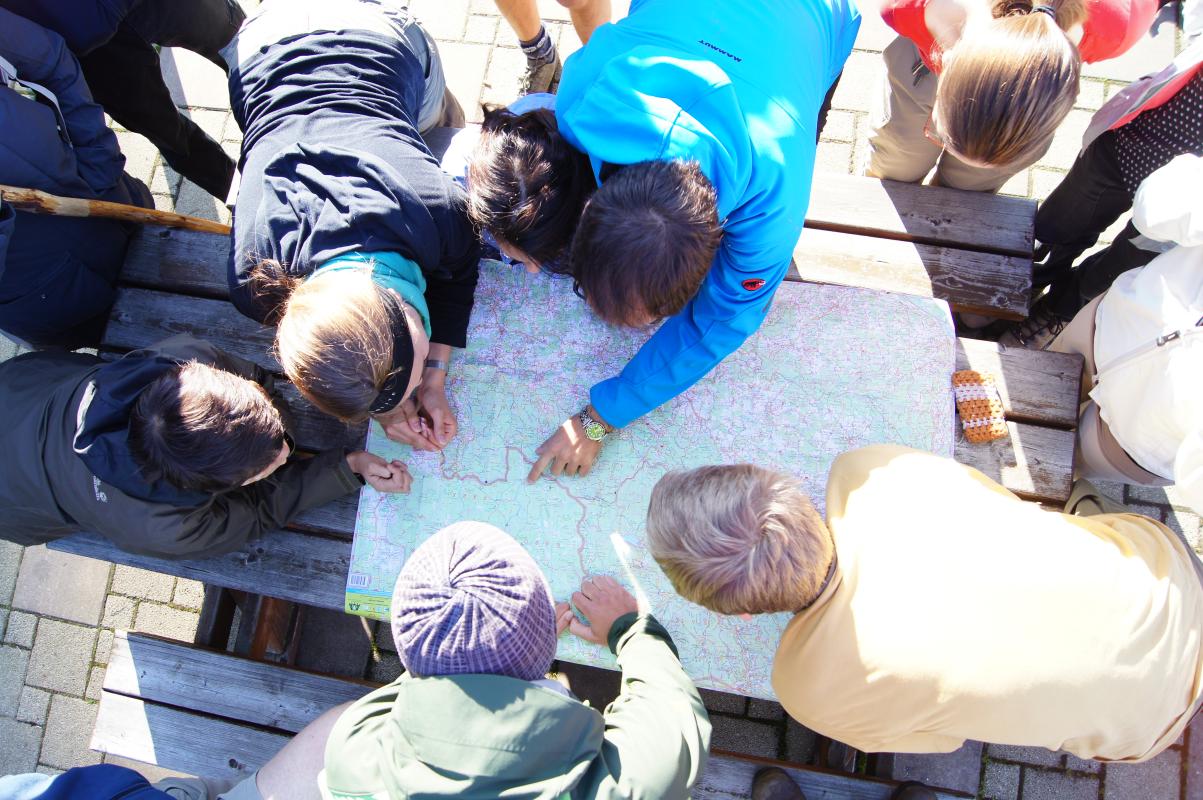
Planning
learning how to plan an interdisciplinary project

Coding
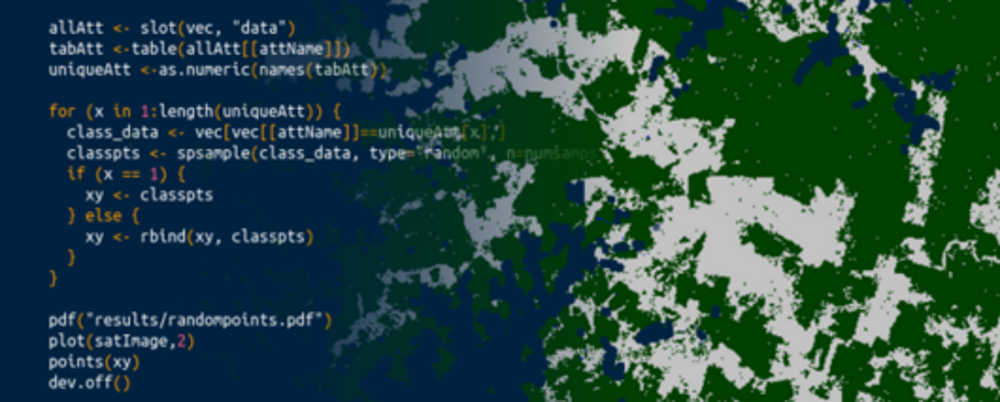
Present
present your research findings to the collaborators
General Course News and Updates
EAGLE Master Defense: Enhancing Land Cover Classification in Southern Africa Using Multi-Sensor and Multi-Algorithm Approaches
On June 10, 2025, Christobal Tobbin will present his Master Thesis on " Enhancing Land Cover Classification in Southern Africa Using Multi-Sensor and Multi-Algorithm Approaches" at 12:00 online. From the abstract: The Kavango-Zambezi (KAZA) region which is a part of...
Radio Bavaria BR2 covered our activities at the Africa-Festival
Once again, our team proudly took part in the International Africa Festival in Würzburg, continuing our active participation within the University of Würzburg's exhibition—a tradition we’ve upheld for many years. This year’s event highlighted the ongoing commitment of...
🎓 Congratulations to Sunniva McKeever on a Successful MSc Defense! 🌍🌲
Today, we proudly celebrate our MSc student Sunniva McKeever, who has just successfully defended her Master thesis entitled: “Spatio-temporal Forest Structure Dynamics in Germany: A Synthesis of Remote Sensing Products.” Supervised by Prof. Dr. Tobias Ullmann,...
🚀 Hats Off to Janik Hoffmann for His Successful MSc Defense! 🛰📈
A big congratulations to Janik Hoffmann, who successfully defended his Master thesis today on the cutting-edge topic: “Deep Learning-driven SAR Image Super-Resolution.” Supervised by Prof. Dr. Tobias Ullmann and Dr. Wolfgang Koppe (Airbus Defence and Space GmbH),...
Behind the Lens: EAGLE Students Marlene & Anna Took Over Uni Würzburg’s Instagram!
What happens when two passionate Earth Observation students take the reins of the University of Würzburg’s Instagram account? A few days full of inspiration, insights, and a whole lot of drone footage! 🌍🚁 EAGLE MSc students Marlene and Anna recently...
Spatial R Packages Showcase by our EAGLE students
We are very proud to share the diverse submissions of spatial R packages within the EAGLE M.Sc. course of Ariane Droin and Martin Wegmann aiming at advancing our students' knowlege about programming for environmental analysis, geospatial visualization, and ecological...
EAGLE Master Defense: Deep Learning-driven SAR Image Super-Resolution
On May 20, 2025, Janik Hoffmann will present his Master thesis on Deep Learning-driven SAR Image Super-Resolution" at 13:00 in seminar room 3, John-Skilton-Str. 4a. From the abstract: Synthetic Aperture Radar (SAR) is a microwave remote sensing system that is used for...
EAGLE Master Defense: Spatio-temporal Forest Structure Dynamics in Germany: A Synthesis of Remote Sensing Products
On May 20, 2025, Sunniva McKeever will present her Master thesis on " Spatio-temporal Forest Structure Dynamics in Germany: A Synthesis of Remote Sensing Products" at 12:00 in seminar room 3, John-Skilton-Str. 4a. From the abstract: Germany’s forests have experienced...
News article: EAGLEs Use Drones for Innovative Conservation Efforts in Seychelles
The work by our interns Anna and Marlene was covered in Seychelles Newspaper. The articles covers how Anna and Marlene successfully utilized drone technology to monitor and assess wildlife and environmental health across the archipelago. Their efforts, supervised by...
Unlock the Power of Earth Observation: Join Our MSc Program to Understand and Protect Our Planet
Are you passionate about understanding the planet's complex systems? Do you want to learn how to apply cutting-edge Earth Observation technologies to address some of the most pressing environmental and societal challenges of our time? If so, our EAGLE MSc in Applied...

